
Simplifying User Onboarding with LYNC Paymaster on Supra
Author

Author

Web3 is supposed to be the future: decentralised, secure, and user-controlled. But if you’ve ever tried to actually use a decentralized application (dApp), you’ll know the onboarding process can feel more like a cryptographic crash course than a welcoming hello.
Let’s be real: managing private keys, juggling gas fees, and navigating wallets are all pain points that stop users at the door, especially if they’re not crypto-savvy. This is where the LYNC Paymaster, built on Supra, changes the game. By completely removing gas fees, it eliminates the hassle of onboarding and allows users to jump right in without ever having to worry about wallets or tokens.
In this article, we’ll break down how the LYNC Paymaster on Supra makes getting started with Web3 feel effortless, how it actually works, and why it’s a key step toward bringing millions and maybe even billions of people into the decentralized future of Web3.
Before we dive into the LYNC Paymaster, let’s understand why it is needed in the first place. Some common hurdles experienced by users include
That’s where account abstraction and paymasters like LYNC’s Supra Paymaster change the game.
Let’s break it down.
A Paymaster is a smart contract in Ethereum’s ERC-4337 ecosystem that sponsors gas fees on behalf of users. Think of it like a wallet that pays for your Uber rides except here, it pays the network to process your transaction. The Supra Paymaster is a gas abstraction solution built specifically for dApps running on Supra’s high-speed chain. It allows third-parties like dApps, protocols, or enterprises to sponsor gas fees on behalf of users.
With LYNC Supra Paymaster, developers can choose to:
This makes dApp interactions feel like using any regular app like Uber or Spotify, you don’t need to think about what’s happening under the hood.
The LYNC’s Supra Paymaster combines:
Here’s how it works behind the scenes:
1. UserOperation Instead of Transactions
With ERC-4337, users submit a UserOperation, not a traditional transaction. This object includes things like: target contract call, gas limit, signatures, optional data such as paymaster info.
Think of a UserOperation as a to-do list for the blockchain.
2. Bundlers + EntryPoint
Bundlers gather UserOperations from a large number of users and forward them to a smart contract called EntryPoint.
The EntryPoint communicates with LYNC, the Paymaster:
If the LYNC Paymaster gives the green light, the transaction is executed, gas paid, UX smooth.
3. LYNC AI Layer + Supra Infrastructure
Here’s the twist: LYNC isn’t just any paymaster.
It’s built on Supra’s ultra-fast oracle and zk-proof infrastructure, making it fast, secure and compatible with L1s and L2s. Plus, LYNC adds an AI layer that tailors onboarding flows per user, whether it’s a gamer, DeFi trader, or brand customer minting a free NFT.
Why is Supra the chain of choice for LYNC?
Supra was purposely built for speed, scalability, and secure Oracle services. In recent benchmark testing, Supra clocked over 500,000 transactions per second (TPS) using parallel execution and pipelined consensus mechanisms.
Other features that make Supra perfect for the LYNC Paymaster:
With LYNC leveraging Supra’s infrastructure, the user gets a blazing-fast, gas-free experience without sacrificing decentralization.
Let’s say a fashion brand wants to give customers a digital collectible (NFT) with every shoe purchase.
With LYNC Supra Paymaster, they can do this in 5 easy steps:
1. The customer clicks a link or scans a QR code.
2. A LYNC embedded smart wallet is generated behind the scenes.
3. They click “Mint for Free”.
4. LYNC signs and submits the transaction, while the Supra-based Paymaster handles gas fees.
5. The user walks away with their brand new NFT! No wallet setup, no tokens, no friction.
LYNC essentially makes onboarding feel like Web2 while running entirely on Web3.
Let’s be honest: wallets, seed phrases, and gas fees are killing Web3’s shot at mainstream adoption. LYNC’s Supra Paymaster eliminates all that friction for users while empowering developers with powerful tools and features like:
Users don’t need to download MetaMask or figure out seed phrases. LYNC creates secure, embedded smart wallets instantly behind the scenes on their first interaction.
Say goodbye to confusing token faucets and wallet funding. Users can interact with your dApp without holding ETH, APT, or any gas token at all.
Log in with Google, Apple, or even Face ID. LYNC abstracts wallet creation and key management so onboarding feels like logging into Instagram not configuring a blockchain wallet.
With LYNC’s Supra Paymaster, dApps can cover gas for users, eliminating fee friction and letting users transact without crypto.
Build once, deploy anywhere. LYNC supports Aptos, Ethereum, Polygon, Celo, and others, so your app stays portable without rewriting wallet or gas logic.
The result? dApps feel like TikTok, not Terminal. And with Supra’s hyper-performant infrastructure backing it, the combo is hard to beat.
Getting started with LYNC Paymaster is quick and straightforward, even if you’re new to Web3 development. If you’re building on Aptos, Ethereum, or any major chain, LYNC’s no-code/low-code friendly and AI-enhanced Supra Paymaster gives you an abstracted user experience, secure transaction relays, and a faster time to market.
Here’s how to integrate it:
First, add the LYNC Paymaster SDK to your project. It works with JavaScript and TypeScript.
Set up your SDK with the API key provided by LYNC. This lets your app communicate with LYNC’s paymaster service.
LYNC supports embedded wallets and smart accounts, so users don’t need to bring their own wallet. You can generate a wallet for the user programmatically or let them log in with social or device options.
Once the user’s wallet is ready, your app can create and send a blockchain transaction on their behalf without asking them to pay gas fees. With just a few lines of setup using LYNC’s tools, the Paymaster automatically covers the transaction cost, allowing users to interact smoothly with your dApp.
LYNC currently supports Supra, Aptos, Ethereum, Polygon, Celo, and more. Start with a testnet like Supra’s to validate your flow before going live.
You can configure rules like sponsoring only the first few transactions, or targeting specific user actions. This gives you full control over costs and UX.
Need Help?
LYNC offers helpful documentation and live developer support. Whether you’re building a game, NFT app, or DeFi platform, LYNC makes gasless onboarding smooth and scalable
Web3 will never go mainstream until it feels effortless. That’s exactly what the LYNC Supra Paymaster enables. It’s not just about gasless transactions, it’s about creating user experiences that don’t ask people to be blockchain experts just to use your product. Whether you’re onboarding a gamer, a shopper, or a DeFi newbie, the LYNC Paymaster on Supra gives them a frictionless entry point, while giving you a future-ready backend.
Want help implementing LYNC in your dApp or platform? Let’s make your user onboarding smoother than ever. Gasless, seamless, and instant!
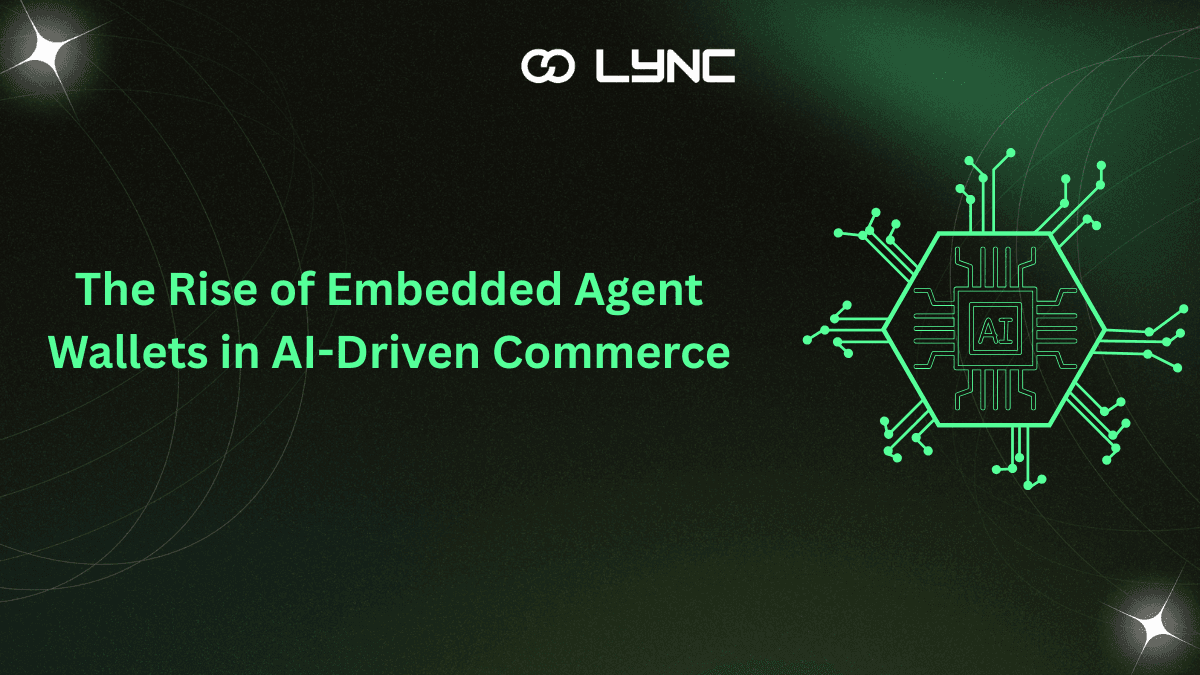
July 29, 2025
Imagine shopping online without logging in, scanning a QR code, or worrying about payments. You click “buy,” and an intelligent, invisible AI handles everything seamlessly, processing the transaction and storing your receipt. That’s the promise of Embedded Agent Wallets. These...
Author
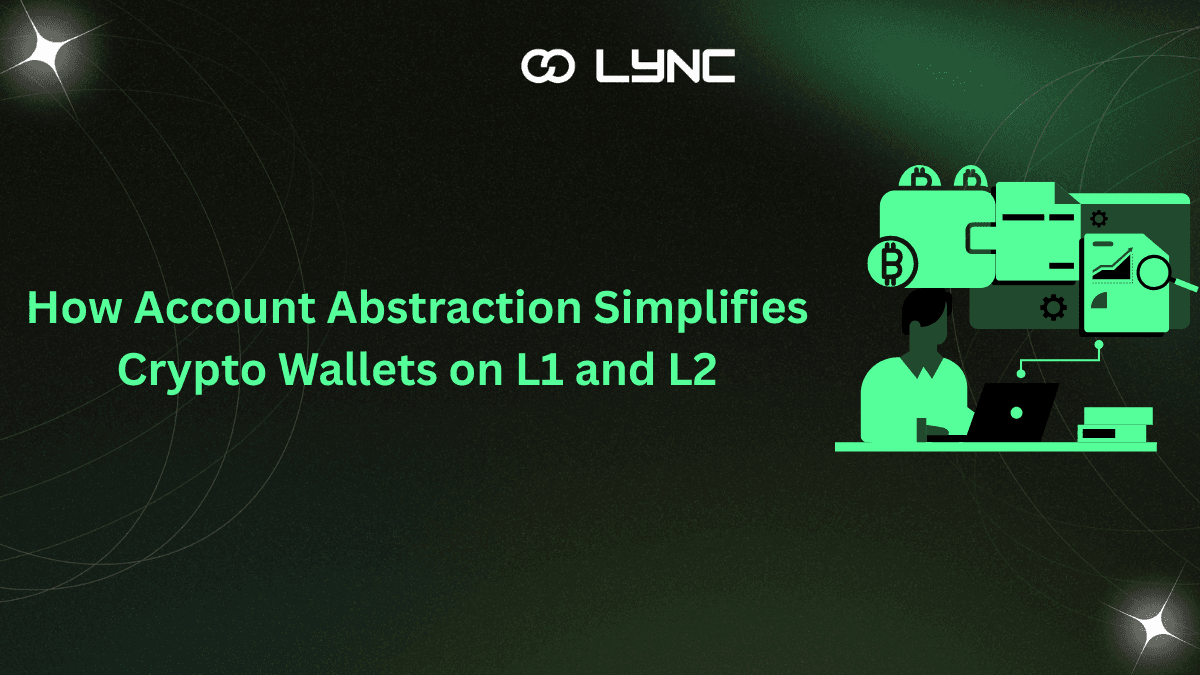
July 28, 2025
Crypto wallets have long felt like those remote controls with 50 buttons, but you only know what five of them do. While the tech-savvy might enjoy the complexity, most everyday users just want to send, receive, and store crypto without...
Author
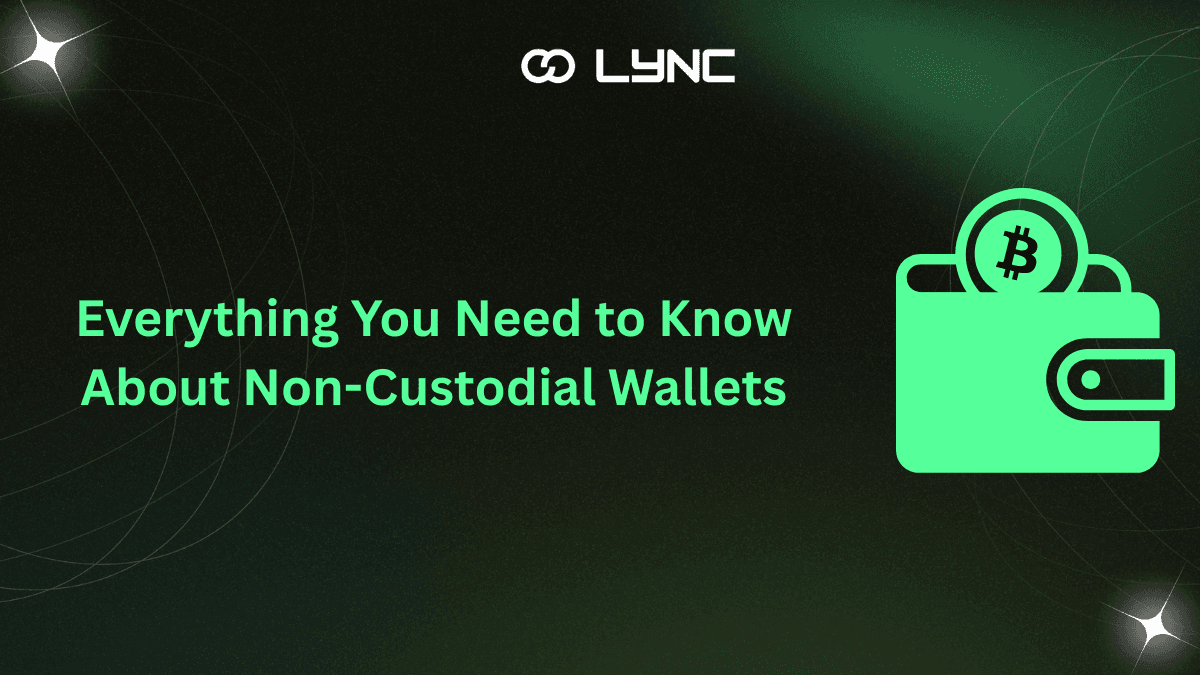
July 25, 2025
Web3 is all about putting control back in your hands and non-custodial wallets are a great place to start. These special wallets give you full control over your digital assets, without relying on banks, exchanges, or middlemen. If you’ve heard...
Author

July 24, 2025
As Web3 continues to evolve, blockchain networks like Aptos are gaining momentum for their speed, scalability, and developer-friendly design. Yet one major hurdle still stands in the way of mass adoption: gas fees. Whether you’re minting an NFT, sending tokens...
Author
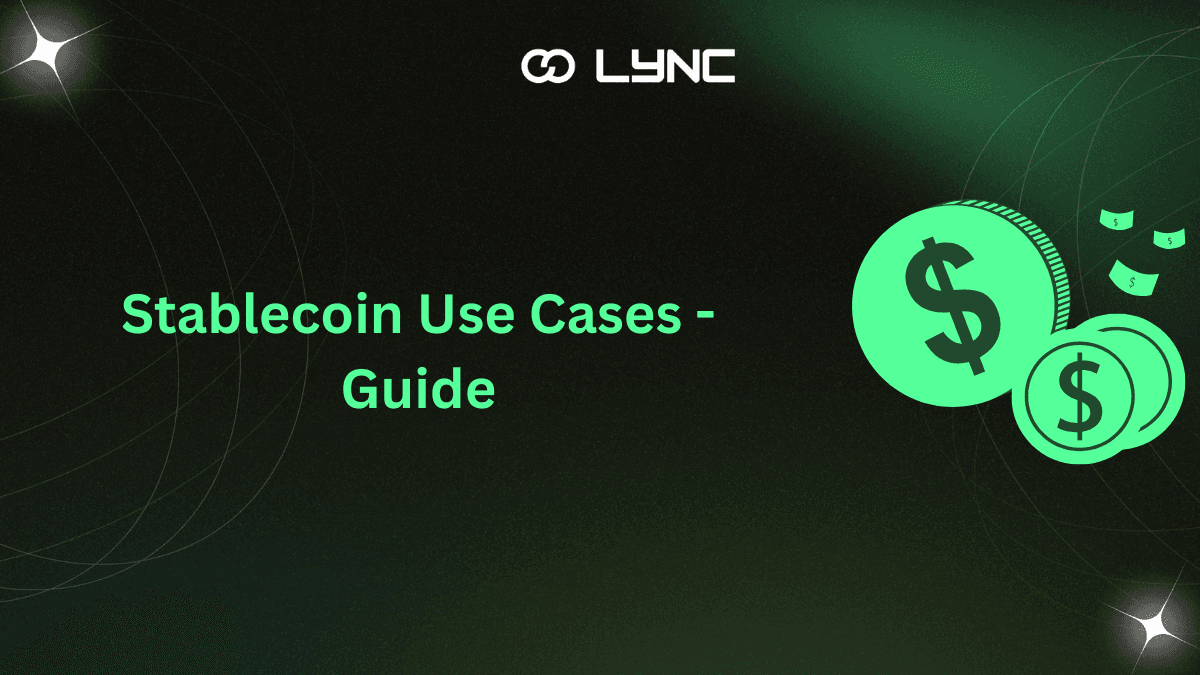
July 23, 2025
Sending money across borders isn’t as simple as it sounds. Your local bank can’t just send funds directly to someone in Korea. It has to go through a chain of other banks, called correspondent banks, to get there. Each bank...
Author
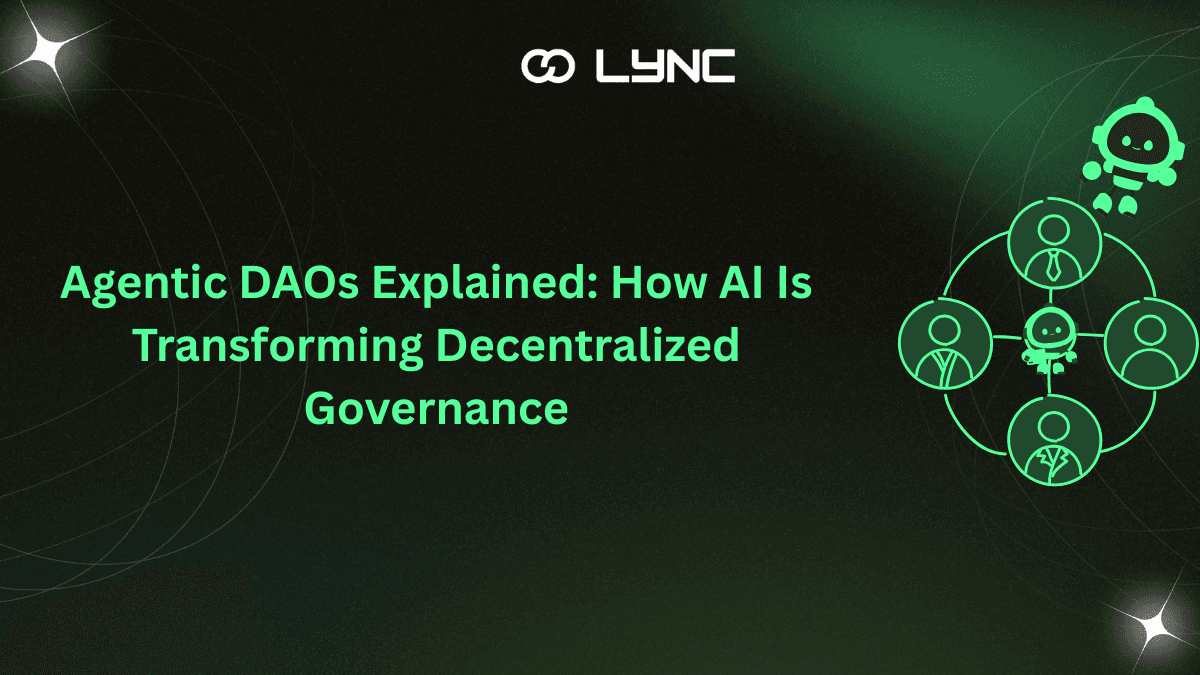
July 22, 2025
Web3 is changing fast, and one of the most fascinating new developments is the rise of Agentic DAOs. These are decentralized organizations where AI agents help run the show. Unlike traditional DAOs, where decisions rely solely on the votes of...
Author
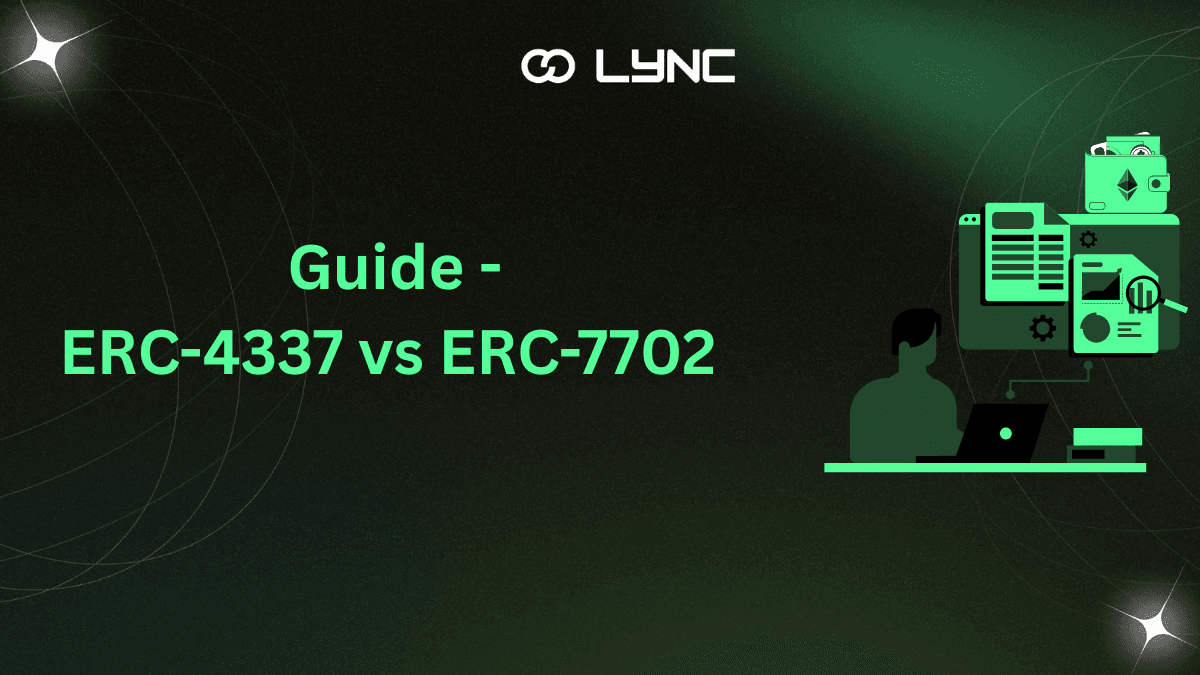
July 21, 2025
Ethereum is evolving fast, and two important updates leading the way are ERC-4337 and ERC-7702. These new standards are changing how wallets work, making them smarter, more secure, and easier to use. ERC-4337 is already live, powering smart wallets with...
Author

July 18, 2025
If you have ever used a crypto wallet before, you might have an idea of how tricky it could be, particularly if you are still not used to the cryptospace. But there’s some good news. There’s a new Ethereum standard...
Author
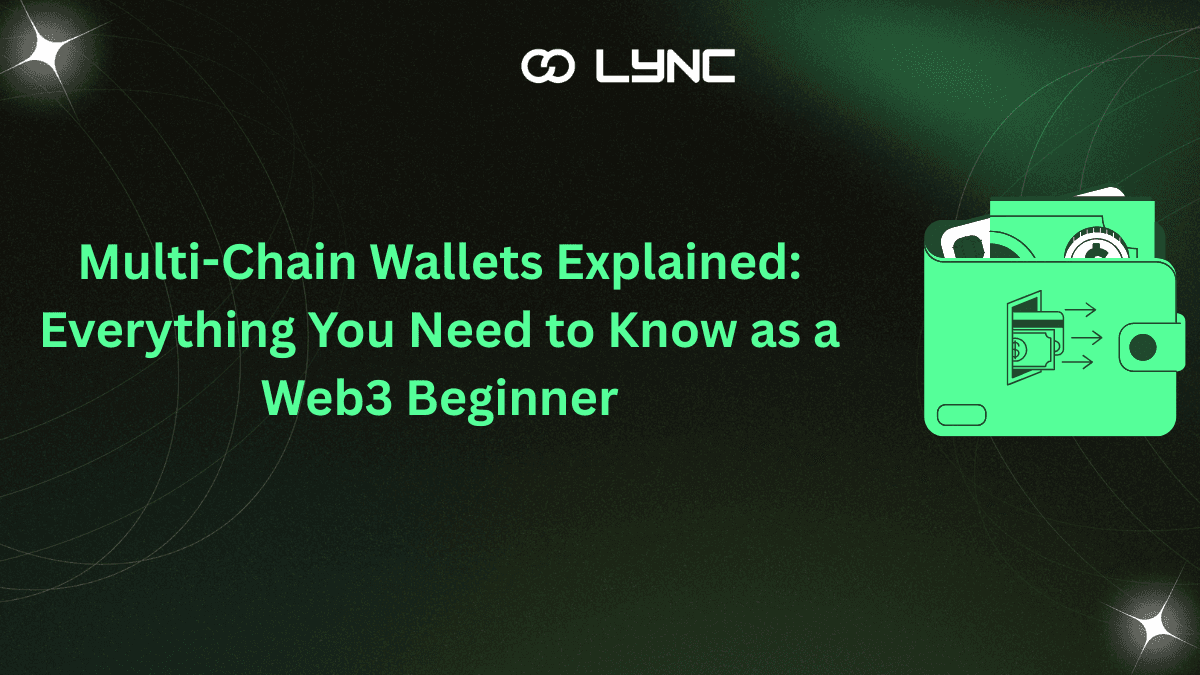
July 17, 2025
If you’re stepping into the world of crypto, there’s a good chance you’ve come across more than just Bitcoin and Ethereum. From Polygon to Solana, Avalanche to zkSync, the blockchain universe is expanding at lightspeed. With it, a simple question...
Author
Unlock special content and connect with others.
Join our community today!




